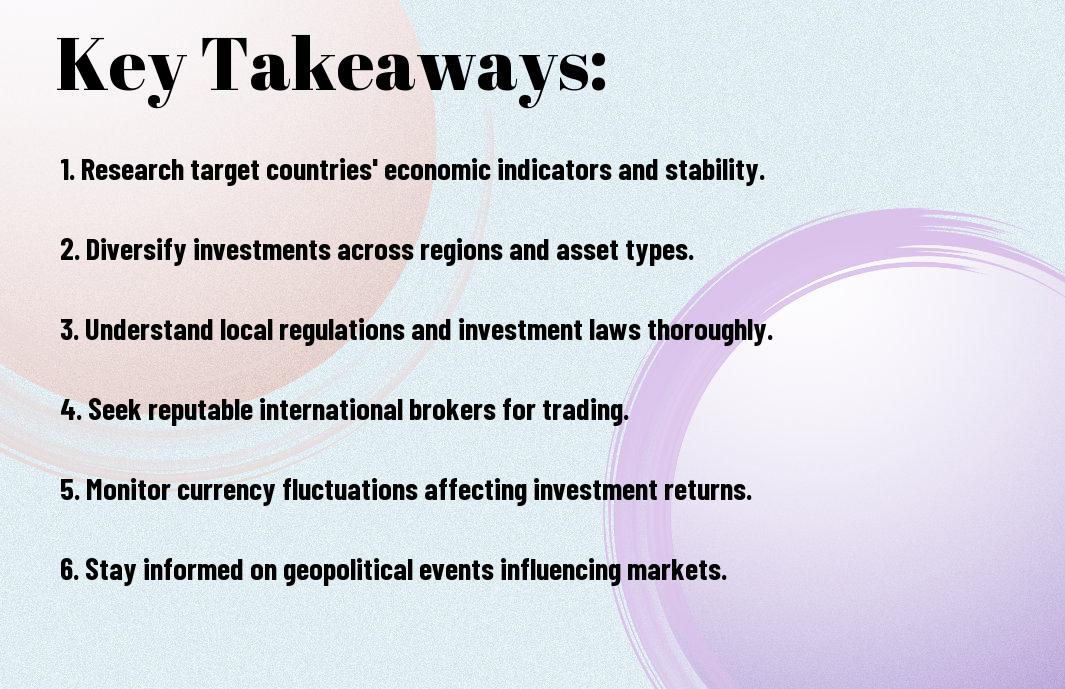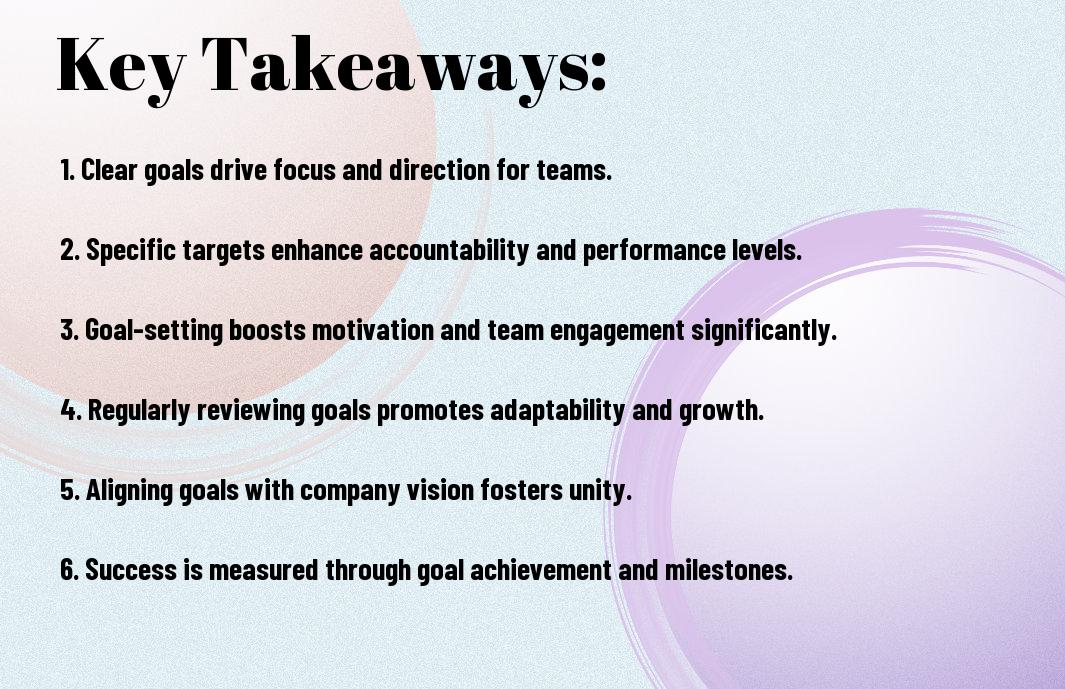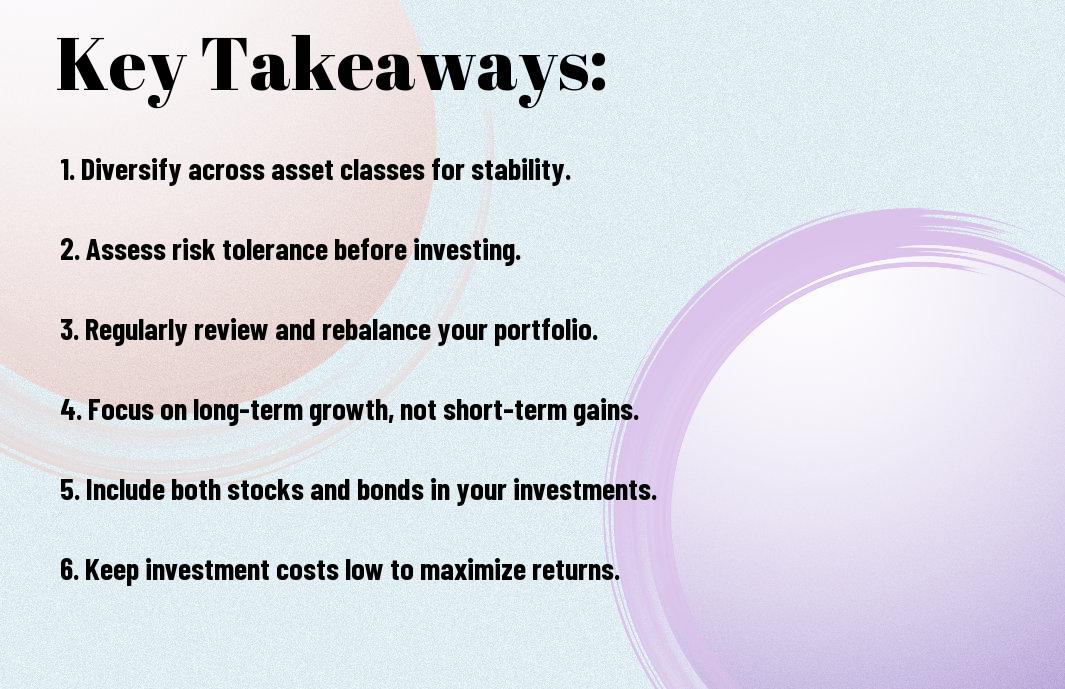Invest in international markets to diversify your portfolio and tap into growth opportunities beyond your home country. Understanding how to navigate these markets can enhance your investment returns and reduce risks associated with local economic fluctuations. This guide will equip you with crucial strategies, tools, and insights needed to effectively invest overseas, ensuring you make informed decisions that align with your financial goals.
Key Takeaways:
- Diversification: Investing in international markets helps to spread risk across different economies and sectors, enhancing portfolio resilience.
- Research: Understanding the economic, political, and cultural aspects of a foreign market is imperative for making informed investment decisions.
- Currency Risk: Be aware of foreign exchange fluctuations that can impact returns when investing in international assets.
- Investment Vehicles: Explore various options such as exchange-traded funds (ETFs), mutual funds, or direct stock purchases to access international markets.
- Regulatory Environment: Familiarize yourself with the local laws and regulations governing investments in the countries you’re considering to ensure compliance and protect your interests.


Understanding International Markets
To successfully navigate international markets, you need to recognize their diverse dynamics and economic indicators. Understanding factors such as political stability, currency fluctuations, and local regulations can significantly impact your investment decisions. This knowledge will equip you to make informed choices, enhancing your international investment strategy.
Types of International Markets
To grasp the various opportunities available, consider the different types of international markets:
- Developed Markets
- Emerging Markets
- Frontier Markets
- Foreign Exchange Markets
- Global Commodities Markets
Knowing the distinctions among these markets will help you tailor your investment approach effectively.
| Type of Market | Description |
| Developed Markets | Countries with stable economies and well-established financial systems |
| Emerging Markets | Nations experiencing rapid growth but with some economic volatility |
| Frontier Markets | Smaller, less developed economies with high growth potential |
| Foreign Exchange Markets | Global market for trading national currencies against one another |
| Global Commodities Markets | Markets for physical goods such as oil, gold, and agricultural products |
Benefits of Investing Abroad
Along with diversifying your portfolio, investing abroad can expose you to high-growth investment opportunities that may not be available in your home market. By reaching into international markets, you can mitigate risks associated with local economic downturns and benefit from favorable global economic trends.
Due to the varying economic cycles across countries, investing internationally allows you to capture gains that may arise from rapid economic growth in other regions. You also minimize risks associated with overexposure to your domestic market, thereby creating a balanced investment portfolio. Furthermore, you may find unique industries and companies that present attractive investment opportunities, enhancing your overall investment strategy.
Researching Investment Opportunities
Some key steps to successful investing in international markets involve thorough research and due diligence. Start by understanding the unique characteristics of each market, including regulatory environments, cultural factors, and economic stability. Utilize reliable sources of information such as financial news websites, government publications, and economic databases to gather relevant data, ensuring you have a comprehensive view before making any investment decisions.
Analyzing International Economies
At this stage, it’s important to analyze the economic indicators that can affect your investments, such as GDP growth, inflation rates, and employment figures. By comparing these indicators across different countries, you can identify which economies are robust and poised for growth. This analysis can guide you toward making informed decisions on where to allocate your resources effectively.
Identifying Key Sectors and Trends
On your journey to invest internationally, you need to identify key sectors and emerging trends that could yield significant returns. Understand which industries are thriving or declining in specific markets, as well as consumer behaviors and technological advancements shaping the economy.
For instance, if you notice that renewable energy is gaining traction in a specific country due to government incentives and increasing consumer demand, this sector may present lucrative opportunities for investment. Analyzing real estate, technology, or healthcare can also reveal sectors ripe for growth, depending on local needs and global shifts. Engaging with local market experts or utilizing investment platforms can further enhance your insight into these dynamic landscapes, ultimately guiding your investment strategy effectively.
Choosing the Right Investment Vehicles
Not every investment vehicle is a one-size-fits-all solution for international markets. It’s necessary to understand your risk tolerance, investment goals, and the types of vehicles available to you. For more insights, check out 10 Things You Should Know About International Investing. Diversifying your portfolio with the right tools can enhance your investment strategy significantly.
Global Stocks and ETFs
Investment in global stocks and exchange-traded funds (ETFs) allows you to gain exposure to international companies and markets. These options can be liquid and accessible, providing you with an opportunity to diversify beyond domestic considerations. By investing in global stocks or ETFs, you position your portfolio to benefit from economic growth worldwide.
Mutual Funds and Bonds
To achieve a broad and diversified portfolio, mutual funds and bonds can be effective options for investing internationally. They offer a way to spread your investments across various markets and sectors while professionally managing your holdings.
Vehicles like mutual funds often pool resources from multiple investors to purchase a diverse array of international assets, while bonds provide fixed-income returns, particularly if you invest in foreign government or corporate bonds. These options can help stabilize your portfolio against volatility in foreign markets and may align with your financial goals, balancing growth potential with risk management.
Navigating Foreign Currencies
Despite the opportunities that international markets present, navigating foreign currencies can be complex. Exchange rate fluctuations can significantly impact the value of your investments. Understanding how these currencies interact is crucial as you venture into global portfolios. By familiarizing yourself with various currencies and their economic contexts, you can make informed decisions while mitigating risks associated with currency conversion.
Currency Risk and Management
At the heart of investing in international markets lies currency risk, which arises from the potential for loss due to unfavorable currency movements. As you invest abroad, fluctuations can affect the returns on your investments. A robust currency management strategy helps you protect your portfolio from these risks, ensuring that your investments yield the expected returns despite changing exchange rates.
Strategies for Hedging
By employing effective hedging strategies, you can safeguard your investments against currency fluctuations. These strategies involve financial instruments or market techniques that help offset potential losses. Options, forwards, and futures contracts are common hedging tools, allowing you to lock in exchange rates or benefit from currency market movements. Understanding these options can enhance your ability to manage exposure and reduce risk effectively.
With various hedging strategies at your disposal, it is crucial to evaluate your investment goals and risk tolerance. You might consider using forward contracts, which allow you to set a fixed exchange rate for future transactions, protecting you against adverse movements. Currency options are another promising approach, giving you the right, but not the obligation, to exchange at a specific rate. Utilizing these strategies effectively can help you maintain a balanced portfolio while pursuing opportunities in international markets.
Regulatory Considerations
Many investors overlook the importance of regulatory considerations when investing in international markets. Understanding the local regulations is key to ensuring compliance and minimizing risks. You can learn more about the benefits of extending your portfolio globally by checking out Why invest internationally? – Vanguard sites.
Understanding Foreign Investment Regulations
To successfully navigate international markets, you must be aware of the foreign investment regulations in the countries you’re considering. Each country has its own set of rules governing foreign ownership, investment types, and regulations that can impact your investment strategy. Familiarizing yourself with these requirements helps you avoid legal issues and penalties.
Tax Implications for International Investors
Above all, you should be aware that investing internationally can have different tax implications compared to domestic investments. Each country has its tax policies, which can affect your returns and reporting obligations. Factor in potential withholding taxes on dividends, capital gains tax, and any relevant double taxation treaties that may exist.
Understanding the variety of tax implications tied to international investing is necessary for optimizing your returns. You might encounter withholding taxes on dividends, which can reduce your income. Additionally, capital gains taxes may vary based on the country where you hold your investments. It’s advisable to consult a tax professional to understand these intricacies and to ensure compliance with local tax laws while maximizing your investment potential.
Building a Diversified International Portfolio
All investors should prioritize diversification when venturing into international markets. By spreading your investments across different regions, sectors, and asset types, you can reduce the impact of a downturn in any single market. Consider incorporating a mix of equities, fixed income, and alternative assets from various countries to build a well-rounded portfolio that captures global growth while minimizing risk exposure.
Balancing Risk and Reward
Above all, balancing risk and reward is imperative in international investment. Each market has its unique dynamics; therefore, it’s important to assess the potential returns relative to the inherent risks. Choose investments that align with your risk tolerance and long-term objectives, ensuring that higher-risk assets are compensated with potential higher returns, while safer options provide stability in your portfolio.
Monitoring and Rebalancing
The success of your international portfolio largely depends on how well you monitor and rebalance your investments over time. As market conditions and personal financial situations change, the allocation of your assets may drift away from your original strategy. Regularly reviewing your portfolio helps identify misalignments and allows you to make necessary adjustments to stay on track with your investment goals.
Plus, effective monitoring and rebalancing enhance your investment strategy by ensuring that your portfolio remains aligned with your risk tolerance and financial objectives. Set a schedule—perhaps quarterly or biannually—to review your performance. If certain assets have outperformed while others lag, it may be time to sell some of the high-performing assets and reinvest in underperforming ones to maintain your desired asset allocation. By staying proactive, you position your portfolio for sustained long-term success in international markets.
Final Words
As a reminder, successfully investing in international markets requires diligent research, an understanding of global economic trends, and diversification to mitigate risks. You should keep an eye on currency fluctuations and local regulations that may impact your investments. By leveraging tools and resources available for international investing, you can expand your portfolio and potentially enhance your returns. Educate yourself continuously and consider consulting financial advisors to make informed decisions that align with your investment goals.
FAQ
Q: What are the different ways to invest in international markets?
A: There are several methods to invest in international markets. You can directly purchase stocks or bonds listed on foreign exchanges, or you can invest through American Depositary Receipts (ADRs), which represent shares in foreign companies traded on U.S. exchanges. Exchange-Traded Funds (ETFs) and mutual funds that focus on international markets are also popular choices, allowing for diversified exposure without the need to buy individual stocks. Additionally, you can consider real estate investments or international mutual funds to participate in foreign real estate markets.
Q: What should I consider before investing in international markets?
A: Before investing in international markets, it is important to evaluate several factors. Start with understanding currency risk, as fluctuations in exchange rates can impact your returns. Analyze the economic stability and growth potential of the country you are considering investing in. Research political factors that might affect market stability, as well as any regulatory or tax implications for foreign investors. Additionally, consider the liquidity of the market and the availability of information, as these can vary significantly from one country to another.
Q: How can I effectively manage risks while investing internationally?
A: To manage risks while investing internationally, diversification across different regions, sectors, and asset classes is vital. This can help mitigate the impact of market volatility in any specific country or industry. Additionally, using hedging strategies, such as currency hedges, can protect against adverse currency movements. Staying informed about global economic trends and geopolitical events is also important; subscribing to financial news outlets and consulting with financial advisors can provide valuable insights. Finally, setting clear investment goals and regularly reviewing your international portfolio can aid in maintaining your desired risk level.







